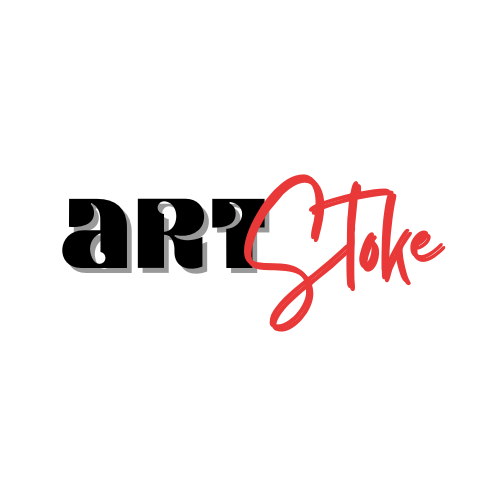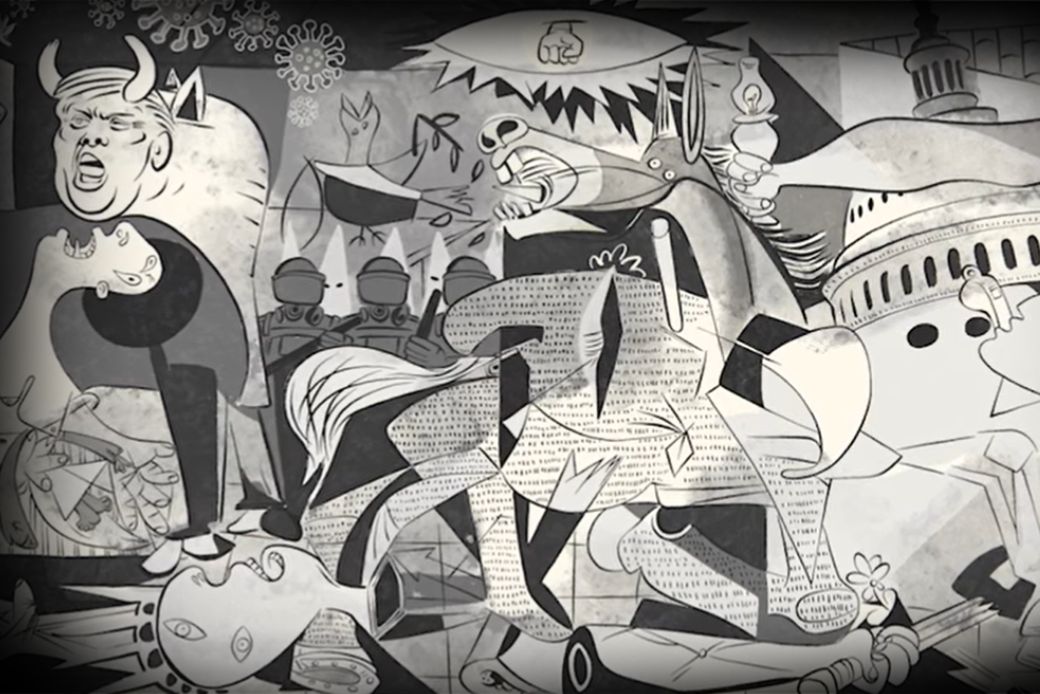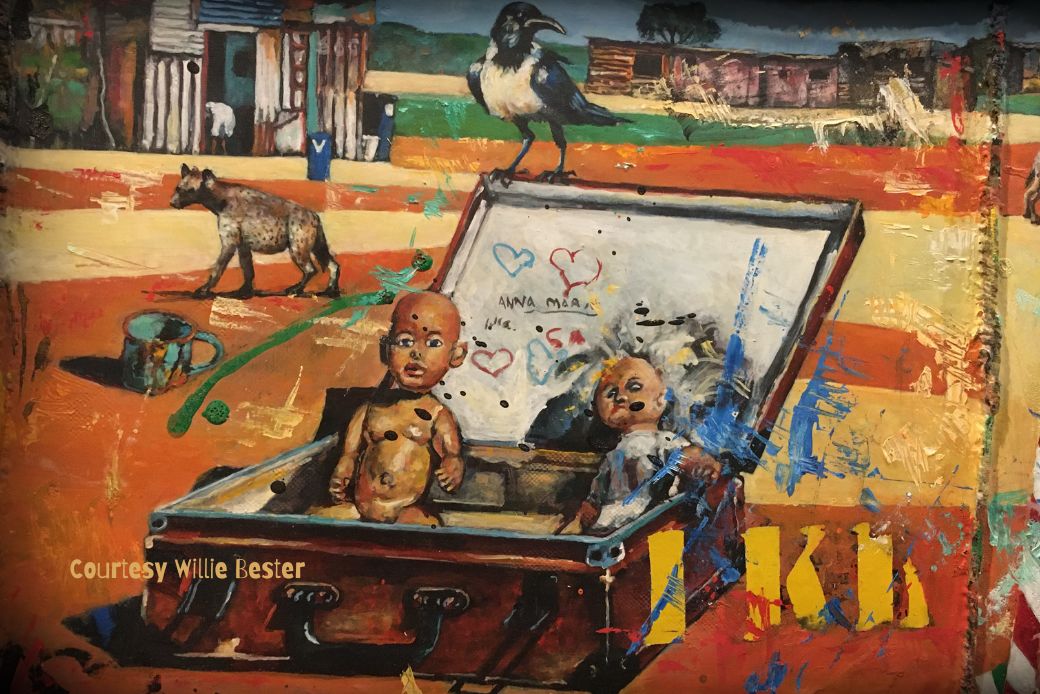We are living in the wreckage of broken systems. From collapsing currencies and censored voices to extractive economies and environmental collapse, our world is shaped by institutions that demand our trust—but rarely earn it. In response, a quiet revolution is unfolding: decentralised frameworks. Not just a new layer of technology, but a deeper reimagining of how power, trust, and collaboration can be distributed across networks. This article traces the roots of that shift—from Bitcoin’s founding protest to the evolution and emergence of regenerative and cultural decentralisation—asking what kind of systems we truly want to build next.
What Does “Decentralised” Mean?
At its heart, decentralisation means distributing power, rather than concentrating it in the hands of a few.
In a decentralised system
- Decisions are made closer to the people they affect i.e. grassroots involvement in decision-making
- Resources are shared equitably across a network
- Ownership, agency, and accountability are collective, not hierarchical “top-down” & “power-over”
Instead of relying on central authorities (governments, corporations, platforms), decentralised frameworks use tools like blockchain, smart contracts, and shared governance to support communities in organising, funding, and collaborating on their own terms.
It’s a shift from rigid, extractive systems to living, adaptive ecosystems.
The Essence of what Decentralised Frameworks Provide
Let’s distil it even further. They offer
Sovereignty → Personal, community, and cultural control over assets, stories, and decisions (people who create the value own the system).
Transparency with Flexibility → Rules are visible and programmable—but can evolve with collective input.
Participation without Permission → No gatekeepers, no “apply here,” no one to impress—just protocols, open to all. Resources are not locked behind layers of bureaucracy or privilege.
Alignment of Values and Infrastructure → Build systems that actually reflect what your community believes in (long term well-being over short term profit maximisation).
Cultural and Economic Resilience → If one piece fails, the whole doesn’t fall. If one voice rises, the system listens.
Centralised Systems: Trust in the Wrong Places
We are forced to place our trust in powerful, opaque institutions—banks, governments, corporations—to manage our money, define value, assure service delivery and enforce fairness.
And time and time again, they break that trust.
Centralised systems often reproduce inequality, suppress agency, and resist change. They are fragile and extractive. Decentralised frameworks emerged in response to this—to enable collective governance, trust without intermediaries, and systems that can evolve with those they serve.
The 2008 Global Financial Crisis
In order to get to the heart of the problem with centralised systems, we need to understand Satoshi Nakamoto’s specific and long standing motivation for creating Bitcoin.
In 2008, the world watched as major banks collapsed, governments scrambled to bail them out, and millions of people lost homes, pensions, and livelihoods. Meanwhile, those who caused the crisis walked away with bonuses, bailouts, and impunity. The phrase “Too big to fail” became a symbol of everything wrong with centralised economic control.
On Jan 3, 2009, Satoshi embedded this headline in Bitcoin’s very first block:
“The Times 03/Jan/2009 Chancellor on brink of second bailout for banks.”
This wasn’t just a timestamp—it was a message. A warning. A mission.
So Why Did Satoshi Create Bitcoin?
Because centralised systems were broken—and breaking people.
Because trust had been betrayed.
And because decentralisation offered a way to distribute power, restore agency, and design systems where trust could be verified, not required.
To Remove the Need for Centralised Trust
“The root problem with conventional currency is all the trust that’s required to make it work.” – Satoshi
Bitcoin eliminates the need to trust a bank, a government, or a clearinghouse. Instead, it uses math, code, and consensus—a decentralised network of peers, not a central authority.
To Create a Deflationary, Peer-Controlled Currency
Unlike fiat money, Bitcoin has a fixed supply (21 million coins). No central authority can inflate it. It’s borderless, permissionless, and can be held and transferred by anyone with a wallet and internet access.
This was monetary sovereignty for the people, not the few.
To Spark a New Economic Paradigm
Satoshi didn’t just build Bitcoin to make digital payments easier. Bitcoin was an act of rebellion – a prototype for a new economic logic, based on decentralisation, transparency, and autonomy.
Bitcoin proved that people could coordinate and exchange value without banks, governments, or corporations.
This era birthed the first decentralised framework: a public, verifiable, censorship-resistant ledger of value.
Bitcoin was not a tech solution.
It was a systems change manifesto, encoded in code.
Ethereum (2015) & Programmable Governance
Ethereum is not just built on decentralised frameworks—it is a decentralised framework.
It exists because the Internet’s first layer (Web2) became too centralised, extractive, and rigid for the dreams people were carrying.
Ethereum’s arrival in 2015 introduced smart contracts—software that runs on the blockchain, enabling autonomous applications, economies, communities and organisations. Decentralised Autonomous Organisations (DAOs) like MolochDAO, MetaCartel, and NounsDAO have funded millions of dollars in public goods, art, infrastructure, and experimentation.
Ethereum wasn’t just a tech project—it was a philosophical break from traditional systems.
Regenerative & Cultural Decentralisation (2020-Now)
“If we’re going to build new systems, they should not replicate the extractive, emotionally cold, productivity-obsessed logics of the old world.”
COVID-19 and social justice movements accelerated questions around fragility, trust, and power.
Gitcoin, Giveth, and other Quadratic Funding (QF) platforms offered alternative ways to fund public goods and community work.
StoryDAOs, ReFi (Regenerative Finance), and DisCOs (Distributed Cooperative Organizations) expanded decentralisation into the realms of culture, ecology, and emotional infrastructure.
More accessible tools (e.g. DAO platforms, token-less coordination tools) lowered the barrier to entry.
The Problem of Centralised Institutions Co-opting Blockchain
Using blockchain does not mean you’re using decentralised frameworks.
Blockchain is a technology.
Decentralisation is a philosophy of power.
You can use blockchain to decentralise—or to reinforce central control.
The difference lies in the intention, architecture, and governance.
Many corporations, banks, and even governments are adopting blockchain. But most of them are doing so in ways that:
- Centralise control of the ledger (permissioned blockchains)
- Exclude community governance entirely
- Lock in proprietary software or surveillance models
- Use smart contracts to automate extraction, not empowerment
This is blockchain as efficiency tool—not decentralised framework.
They’re not decentralising power.
They’re digitising control.
The Pattern
This is a familiar story
| Radical Tool | Co-opted Use |
|---|---|
| The internet | Mass surveillance & ad targeting |
| Social media | Algorithmic manipulation & monopolies |
| Open source | Enclosed platforms & IP grabbing |
| Blockchain | Private ledgers, corporate NFTs, CBDCs |
We’ve seen centralised actors take open systems and enclose them. Blockchain is now facing that same threat.
Emergent Decentralised Futures: Where to From Here (2025+)?
These are not trends in the tech sense—but shifts in design philosophy. They mark a movement towards ecosystemic-focussed decentralisation rooted in care, resilience, cultural integrity, and trust.
DAO2.0 / Commons DAOs
Practical, lightweight governance for long-term stewardship. These models move beyond token voting and over-engineered processes to embrace minimal but meaningful rules and stewardship over speculation. Commons DAOs often manage shared resources— physical land, virtual spaces, code, culture, or funding—with fluid, modular participation. Examples like Zebras Unite, Open Collective, and Hypha DAO are co-creating what healthy digital stewardship might look like: transparent, accountable, and human-scaled. They point to a future where governance is care, not just code.
Post-token Frameworks
Some decentralised systems are choosing to de-centre tokens entirely. By using tools like Coordinape, Wonderverse, or Metagov, they emphasise shared values, contribution, and digital trust over monetised incentives. Post-token frameworks are ideal for cultural, activist, or care-centered spaces, where value is inherently relational and cannot be reduced to a token price.
Narrative-Driven Networks
Story-based DAOs and NFT-backed publishing systems enable communities to preserve endangered cultures, languages, and memory. From oral histories to speculative fiction universes, narrative-driven networks are turning cultural preservation into a decentralised, co-owned process—where stories live not just in memory, but in code.
Digital Mutual Aid & Crisis DAOs
In times of acute crisis, decentralised mutual aid frameworks offer transparent, borderless, and rapid coordination. From Palestine solidarity wallets to Myanmar earthquake relief efforts, these DAOs provide temporary sovereignty, funding, and collective response mechanisms where formal institutions fail.
Local-to-Global Meshes
Decentralised protocols that bridge local action and global solidarity—without erasing cultural specificity. Projects like Grassroots Economics demonstrate this potential. By creating blockchain-anchored community currencies in Kenya, they enable informal economies to flourish outside of traditional banking systems. But instead of scaling through uniformity, they scale through interoperability and respect for context—local currencies that can plug into global aid, mutual credit, or solidarity finance flows. This is decentralisation as a fabric stitched together through context, care, and values.
Closing
Decentralised frameworks are not a trend. They are a long overdue reckoning with power—and a quiet invitation to design differently. Not from the top down, but from the inside out. Not with the logic of control, but with the principles of trust, transparency, and mutual care. As we face ecological, economic, and cultural crises, decentralisation offers not certainty—but possibility. The possibility to root new systems not in efficiency, but in relationship. Not in platforms, but in soil.




